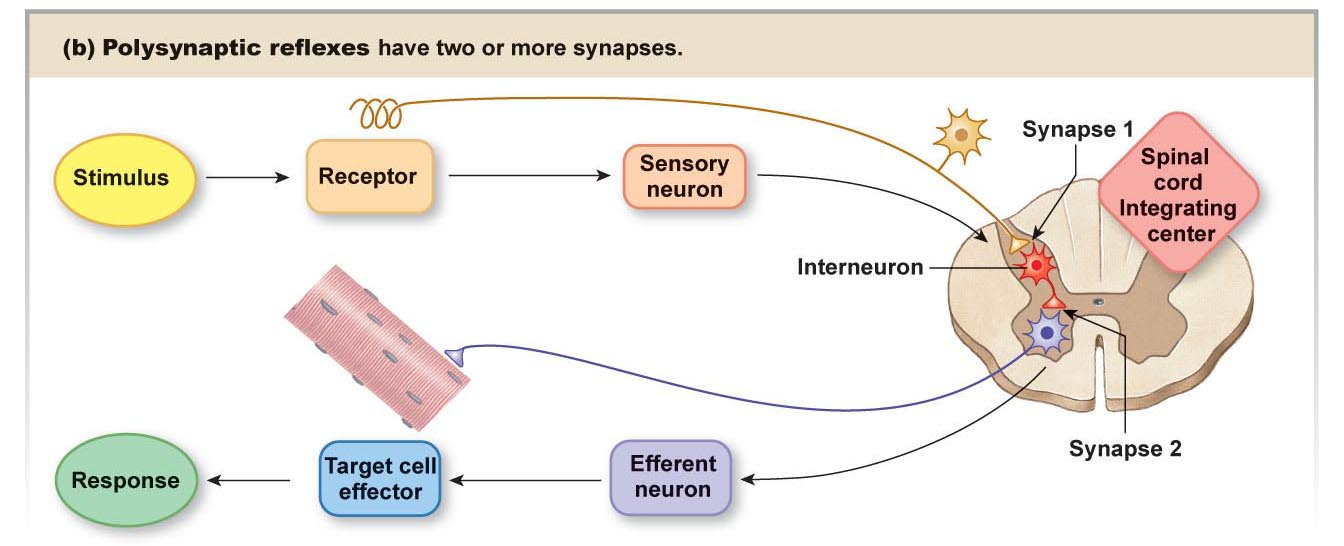- Joined
- Oct 7, 2016
- Messages
- 36
- Reaction score
- 2
So in my Human Physiology textbook it says,
interneurons are important in integrating peripheral responses to peripheral information
Could someone please explain this phrase to me?
interneurons are important in integrating peripheral responses to peripheral information
Could someone please explain this phrase to me?

